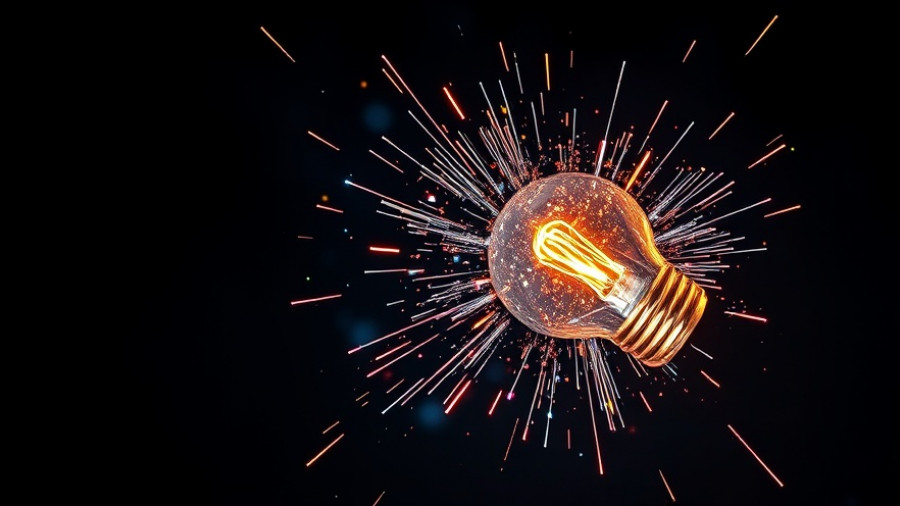
Revolutionizing Collision Repair: Ford's New Sectioning Procedure
In a significant advancement for auto body repair, Ford has introduced a groundbreaking procedure for sectioning rear frame rails on its latest models of the Explorer and Lincoln Aviator. Announced in the recent issue of On Target magazine, this OEM-approved method aims to provide a more efficient and less invasive solution for collision repair technicians, addressing a crucial need in the auto repair industry.
Why Sectioning Matters
According to Gerry Bonanni, Ford’s senior engineer at the Paint and Body Technology Center (PBTC), many Explorers were being deemed total losses due to the lack of a sectioning option for rear rails. Previously, attempting a complete replacement of the rear rail was an extensive and invasive endeavor, extending to complex areas like the torque box joint. The newly introduced sectioning procedure permits focused repairs on damage generally confined to the first few inches of the rail, streamlining the repair process and helping to stabilize the vehicle without requiring a complete replacement.
Detailed Steps of the New Procedure
The sectioning procedure is meticulously designed, including a series of critical steps:
- Reviewing the vehicle and inspection procedures
- Identifying approved sectioning locations
- Taking precise measurements for optimal fit
- Utilizing OEM-specified tools and adhesives
- Implementing proper precautions to maintain crash performance
This approach not only facilitates effective repairs but also highlights the importance of adhering to Ford's official Workshop Manual, which is essential for ensuring structural integrity and safety for vehicle occupants.
Educating Future Technicians with Donated Vehicles
In addition to improving repair procedures, Ford is taking significant steps to address the skills shortage in the collision repair industry. Through a collaboration with I-CAR and the Collision Repair Education Foundation (CREF), Ford has donated 18 late-model vehicles to various U.S. educational institutions, ensuring that aspiring technicians can gain hands-on experience with the latest technology and repair procedures.
As vehicle technology continues to evolve, including innovations in electric vehicles and advanced driver-assistance systems, it is crucial for training programs to embody current industry standards. This vehicle donation initiative promises to bridge the gap between classroom education and real-world application, preparing students to meet future demands in the collision repair sector.
Conclusion
By introducing an effective sectioning procedure and supporting technical education, Ford demonstrates a commitment not only to enhance repair capabilities but also to empower the next generation of collision repair professionals. As the industry evolves, ensuring that repair technicians are well-equipped with the latest methodologies will be vital for success.
 Add Row
Add Row  Add
Add 




Write A Comment